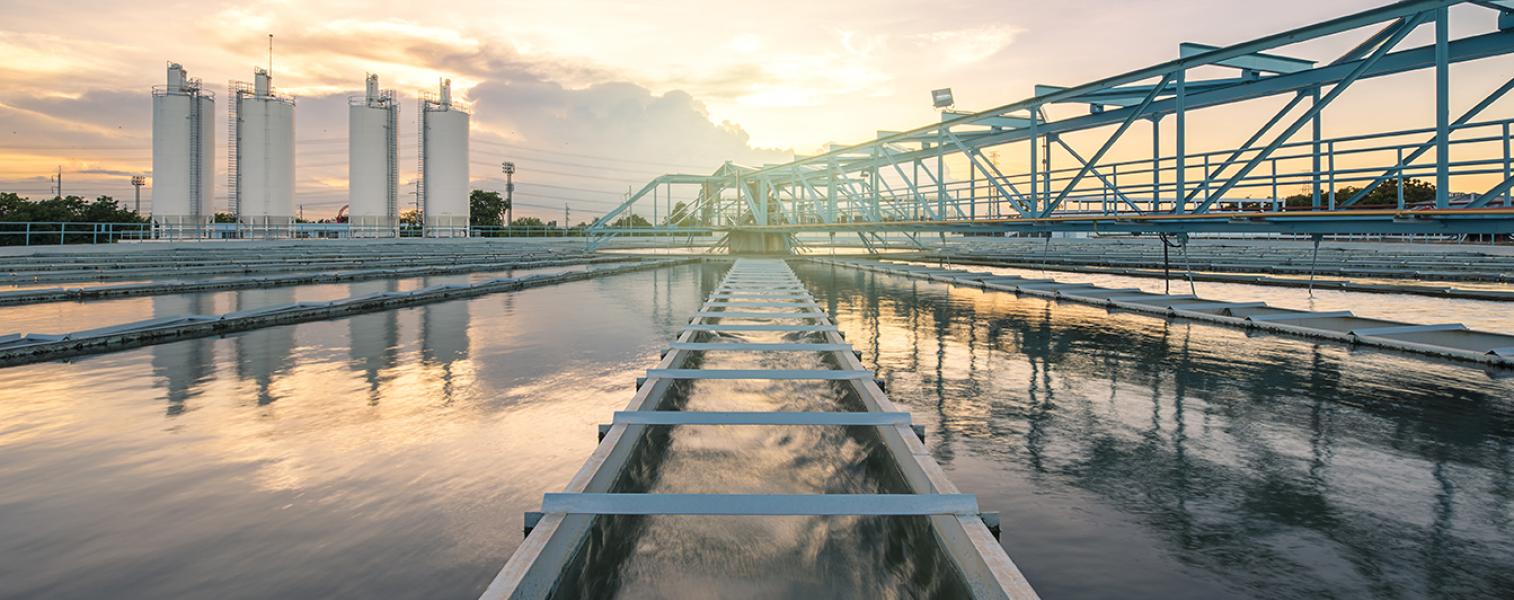New Phosphorus Discharge Limits on the Way for Industrial Users
Removing phosphorus from wastewater can be a complex process.
Phosphorous is often the result of human and animal waste, detergents, and food residues. Wastewater treatment systems reduce a variety of contaminants, including phosphorous; however, more stringent phosphorous limits often require facilities to evaluate their approach to reducing phosphorous prior to discharge. Treating for phosphorous is achievable; the important factor is that it meets the guidelines of local and federal regulations.
EPA Calls for More Stringent Discharge Limits
While the Environmental Protection Agency (EPA), as well as regional agencies, are presently implementing more stringent discharge limits, the EPA and some regions do recognize water trading credits. Per the Clean Water Act, water quality trading (WQT) is an option for compliance, providing flexibility to facilities. The EPA’s 2003 WQT Policy and 2007 WQT Toolkit for Permit Writers offer guidance on how to engage in WQT. WQT also has other environmental benefits. Designed to reduce the level of water pollutants, especially nutrients, WQT programs allow emitters to enter into a watershed trade among themselves, enabling facilities to find the most cost-efficient and effectual way of reducing pollutants.
Phosphorus Removal Challenges
One thing to keep in mind about phosphorous is that it’s a naturally occurring nutrient found in soil and rocks. Living organisms need it, but too much can cause rapid plant growth—hence its presence in fertilizer. It can also cause algal blooms, which can block the sunlight and cause algae cells to die. So, while phosphorous deposits are a normal cog in the chain of life, an overabundance can cause serious concerns. This is why phosphorous levels in wastewater must be controlled. There are many ways to effectively remove phosphorus, but it depends on the treatment methods and equipment. Treatment plants must employ special phosphorous removal tactics to get the chemical reduced to acceptable levels. Many plants treat their wastewater by discharging it to aerated settling ponds where aerobic bacteria break down organic waste. Upstream of this process, there may be additional treatment processes such as a dissolved air flotation system (DAF) or an anaerobic pond. Unfortunately, these practices don’t provide the necessary chemical reduction.
MacDermid Envio Offers Phosphorus Removal Solutions
Almost any manufacturing process creates wastewater, and it must be “cleaned” of a broad range of pollutants, including phosphorous, before discharge. There are also different regulations depending on the location and pollutant. Creating solutions for facilities isn’t a cookie-cutter approach, rather every process is unique, and facilities must choose the best method based on multiple factors, including space and costs. MacDermid Envio recognizes the complicated nature of wastewater and has the solutions you need to remain compliant with EPA and regional regulations so that you aren’t docked with fines, surcharges, or NOVs (notice of violations). Taking care of precious water resources is everyone’s responsibility. At MacDermid Envio, wastewater risks are taken very seriously, and we are here to help any type of facility with either phosphorus treatment strategies or the removal of other pollutants. Let’s get started with figuring out the best strategy to meet your new phosphorus discharge limits.
